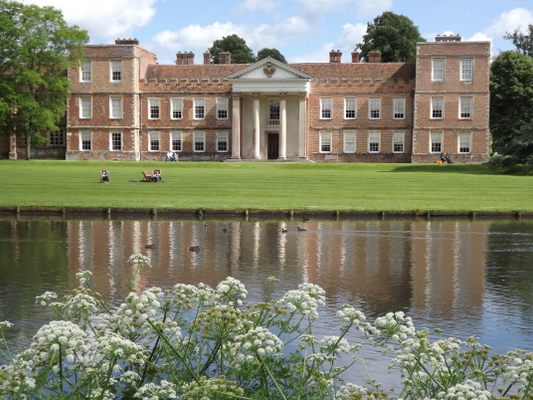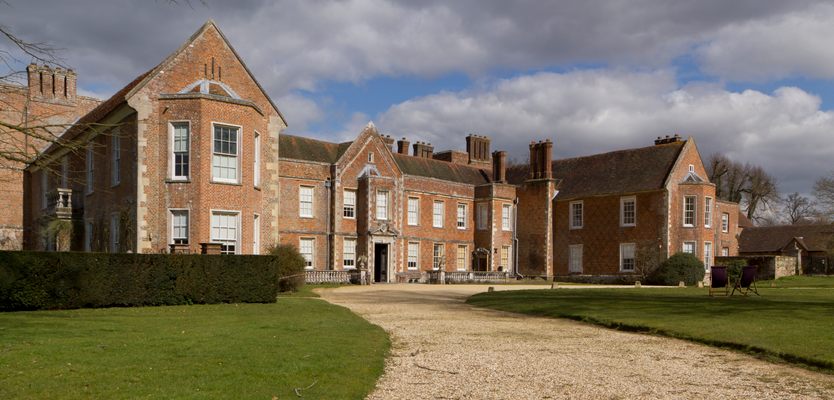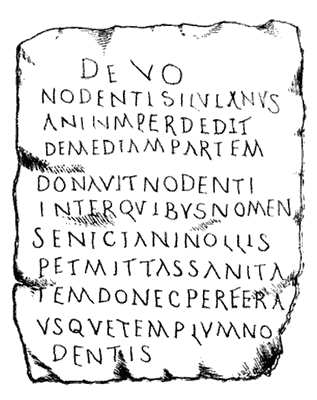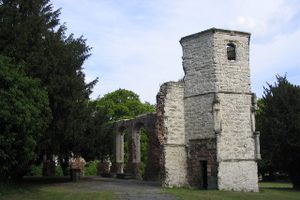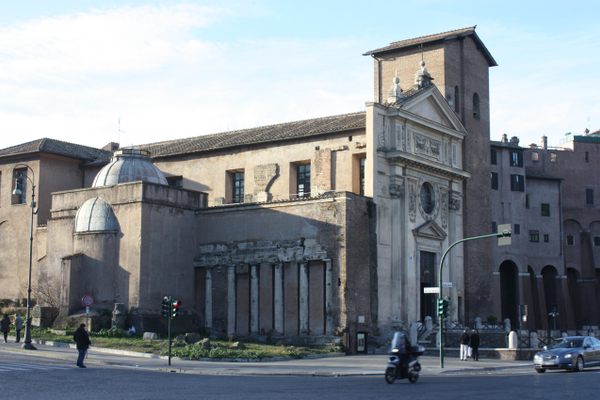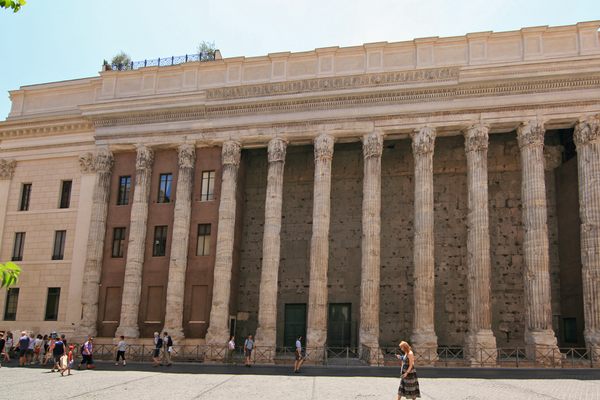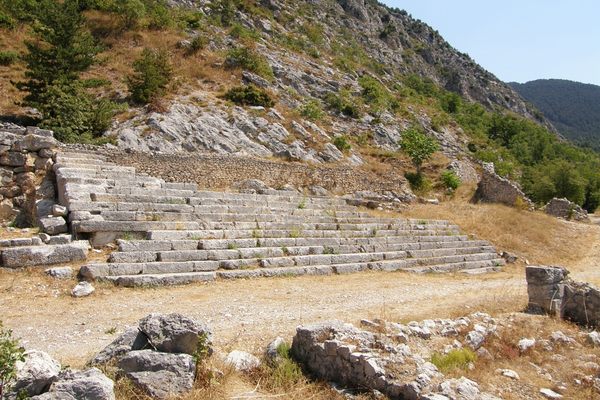About
The Vyne, a grand Tudor mansion, is steeped in history and intrigue. Its elegant architecture, exquisite gardens, and fascinating artifacts offer a glimpse into the lives of its former inhabitants. However, within its historied walls is an intriguing ring wrapped in a story of gods, curses, and theft, a ring that some claim was an inspiration for one of the most iconic objects in literature.
Known as the Ring of Senicianus (or the Ring of Silvianus), the gold ring dates back to fourth-century Roman Britain and was discovered in 1785 by a farmer plowing a field near Silchester. The ring is inscribed with the Latin phrase "SENICIANE VIVAS IIN DE," which, is believed to be a misspelled and cropped transcription of "Senicianus vivas in Deo," meaning "Senicianus lives well in God." The inscription would suggest that the owner was a Christian, but oddly, the ring is also ornamented with a depiction of Venus, the Roman goddess of love. Whether the inclusion of the goddess was added later, cutting off the end of the word "deo," or if it is the text that is later, indicating conversion from ancient Roman religion to Christianity, is unknown.
The ring's story became all the more fascinating when, in 1929, at the archaeological excavations of the Temple of Nodens in Lydney, a Roman curse tablet was found. The tablet was inscribed with the words "Divo Nodenti Silvianus annulum perdidit dimidiam partem donavit Nodenti. Inter quibus nomen Seneciani nullis permittas sanitatem donec perferant usque templum Nodentis," detailing how Silvianus, a Roman, "lost a ring" and placed a curse on the thief, none other than a man "whose name is Senicianus."
The connection between the ring and the curse tablet was made by archaeologist Sir Mortimer Wheeler, who discussed his discoveries at Lydney with J.R.R. Tolkien, then professor of Anglo-Saxon at the University of Oxford, and renowned expert in etymology and ancient language, who was assisting studying the temple’s texts. It has therefore been theorised that Tolkien was inspired by this cursed ring when creating the One Ring.
Notably, Tolkien’s One Ring bears many similarities with the Vyne’s ring: both were engraved gold rings cursed and stolen, by Isildiur and Senicianus, and both rings disappeared for millennia before being uncovered, by Deagle and Smeagle fishing and a farmer plowing, respectively.
In 2013, the Vyne hosted an exhibit in association with the Tolkien Society that explored this theory, by showcasing the ring and the curse tablet together, alongside details of their individual histories, and their possible link to one of fantasy's most iconic objects. The National Trust, owners of the Vyne and its collection, have since disputed the idea that the Vyne’s ring inspired Tolkien’s writing.
Beyond the ring, the Vyne boasts a wealth of other intriguing features including the entrance hall’s "plasterwork like royal icing," and the Long Gallery’s Tudor-era carved wood paneling. In addition to these curiosities inside, the grounds are home to the Hundred Guinea Oak, which gained its name after William Chute, owner of the Vyne at the time of the Battle of Trafalgar, refused to sell it as timber to the navy. When Chute refused the £100 offered, the offer was raised the next day to 100 Guineas (equivalent to £105), Chute turned this offer down once again stating that "any tree that increases in value by £5 overnight is too valuable an investment to lose."
Related Tags
Community Contributors
Added By
Published
December 19, 2024
Sources
- https://theweek.com/articles/465935/ancient-roman-ring-inspiration-lord-rings
- https://www.nationaltrustcollections.org.uk/object/719789
- https://www.thehistoryblog.com/archives/date/2013/04/03
- https://thepetrifiedmuse.blog/2017/11/29/once-a-thief/
- https://www.independent.co.uk/arts-entertainment/books/news/so-bright-so-beautiful-precious-cursed-ring-thought-to-have-inspired-jrr-tolkien-on-display-8557229.html




